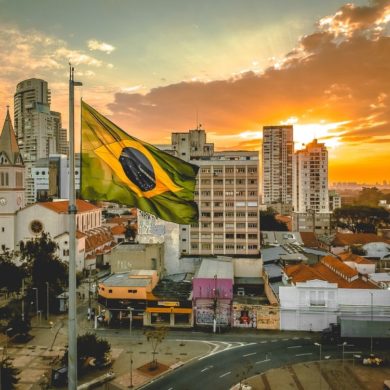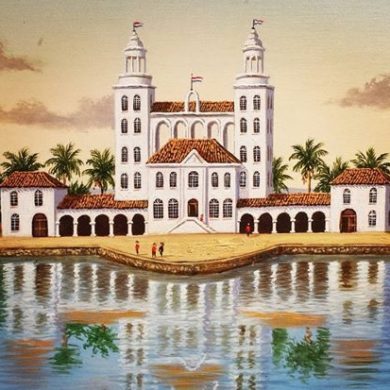The history of Brazil, from colonial times to the present day, is deeply linked to the Catholic Church. This spiritual heritage is very much alive to this day. Brazil is currently the country with the most Catholics in the world, with around 123,000,000 faithful. This accounts for 14.2% of all Catholics worldwide. The ubiquitous plantation of many Catholic orders and their missionaries throughout Brazil is partly responsible for the omnipresence of the religion in Brazil. The Jesuits, who landed in Brazil in the second half of the 16th century (and were driven out by the crown in the 18th century), were one of the religious orders which most heavily influenced the emerging Brazilian society.
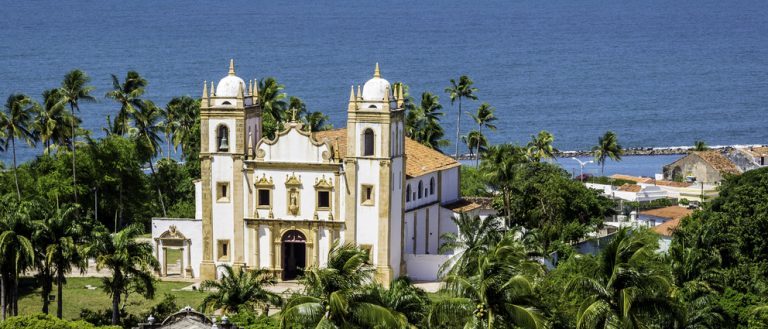
The Catholic Church in Brazil – a strong presence of Jesuits and Carthusians
Arriving aboard the ships of the first explorers from the beginning of the colonization of Brazil, Catholic missionaries were immediately both horrified and fascinated by the pagan customs of the native people. The first Brazilian Catholic brotherhood, the Irmandade da Santa Casa de Misericórdia de Olinda was created in 1539 in the state of Pernambuco. The first Jesuits from the Society of Jesus arrived with Tomé de Souza, the governor general, 10 years later. Throughout the centuries, numerous orders of Franciscans, Carmelites, Benedictines, Oratorians, Capuchins and others came to explore this New World “where everything remained to be done”.
One of the last orders of Catholic monks to settle in Brazil arrived in 1984, in the Mosteiro Nossa Senhora Medianeira monastery located in Ivorá, a small village in the state of Rio Grande do Sul, in the deep south of Brazil. The monks come from a French Catholic order in Isère, the Carthusians. It is in Saint-Pierre de Chartreuse, in the heart of a rural valley surrounded by the Chartreuse Mountains that the Grande Chartreuse (head monastery) is located. Having made vows of silence, the Carthusian Fathers and Brothers have little contact with the outside world and are best known for their Chartreuse liqueur, made from 130 plants according to a secret recipe from 1605.
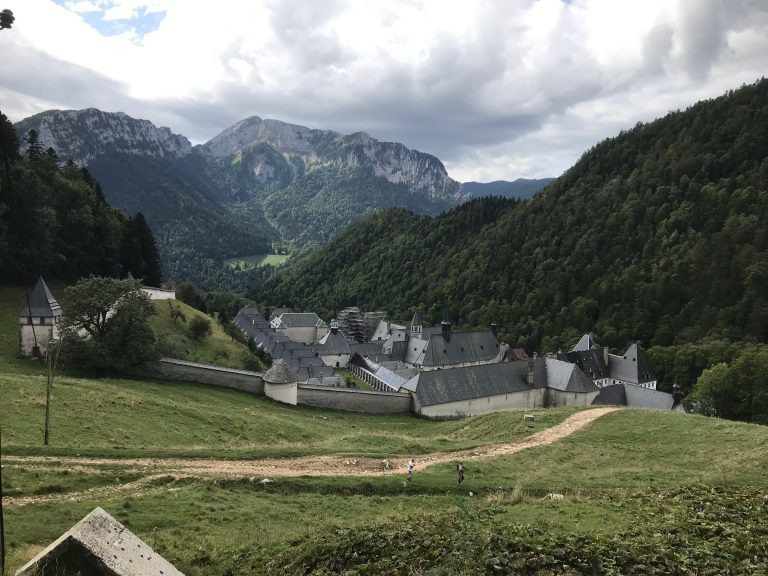
Why did the various religious orders come and settle in Brazil?
The Carthusian Fathers came to settle near a small rural village in the south of Brazil to live in meditation and solitude, whilst other Catholic orders played much more active roles in Brazilian society. This is particularly the case for the Jesuits, a Catholic order created by St Ignatius of Loyola. As soon as they arrived in the middle of the 16th century, they saw the “potential” Brazil had to become a more just and moral society than the Europe they then saw as decadent. They therefore decided to participate actively in the social, political, economic and moral development of the nascent Portuguese colony.

The social and political role of the Jesuit order in Brazil
This order of monks specializing in evangelization and education has thus played two key roles in the history of Brazil. First, the founding and development of the first Brazilian colonial cities such as Salvador de Bahia, Rio de Janeiro and São Paulo and the establishment of the country’s first colleges, essential for the study and education of the colonizers. Following the Valladolid debate, which determined that the Indigenous people were entitled to freedom, they began a vast program of catechization and education of the local Amerindian populations then exploited by the colonizers. They created a new methodology, based on learning local languages, studying indigenous cultures and creating missions. In these villages called “reductions”, they provided care and education to the natives in exchange for their faith and their labor. They encouraged sedentarization by protecting them as much as possible from the abuses of Bandeirantes, the Portuguese slave catchers who chased them.
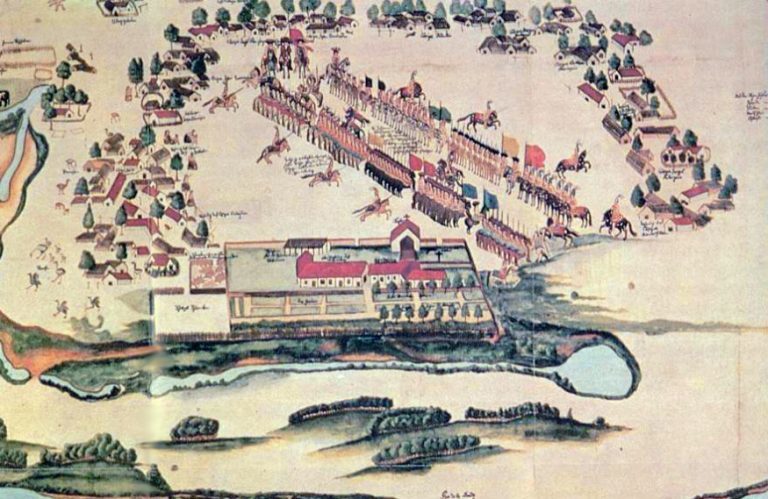
The downfall of the Jesuits and the Guarani missions
One of the most important reductions was a Guarani reduction with around 30 villages in the region of Misiones Orientales. There, the Jesuits developed a well-organized and prosperous Indigenous-Christian community, which at the time was a great model for its kind. It represented a serious possibility of integration of the natives in modern society. At their peak, they occupied a territory practically equivalent to that of France, with a population of free natives who gradually integrated into the Western social model while preserving some of their own customs. Between 1611 and 1630, the reductions contained more than 140,000 people between the south of Brazil, the southwest of Paraguay, the north of Argentina and Uruguay.
However not everyone was happy, especially Portuguese royalty and Portuguese landowners. The latter seeing their cheap labor escape them, they came into conflict with the Jesuits and besieged the colonies between 1632 and 1635. In 1639, Pope Urban VIII offered his protection to the communities through the Commissum Nobis that condemned the enslavement of natives. This made it possible to stop the slavery of the native Amerindians but initiated the slave trade with importation of African slaves.
Well organized and disciplined, loyal to the Pope who was opposed to the Portuguese and Spanish royal families, the Jesuits and their followers who were more numerous than the colonists, then appeared as a political danger and fell into a dangerous position. Added to this, was an increasingly important social position and growing power in the new colony, threatening to become a real power within the state. In 1767, the expulsion of the Jesuits from Brazil struck the deathblow and these communities disappeared in a few decades.

Church involvement in Brazilian society
Unlike the Carthusians who have lived for more than 900 years in meditation and solitude (without meddling much in the affairs of their chosen place to settle), the strong social and political commitment of the Jesuits in Brazil posed a problem for them. It led to their rejection by the imperial and colonial authorities who saw in their communities the danger of a new order, established outside their control.
However, it also left a lasting mark on Brazilian civil society and its relationship with the Catholic Church. It is an established tradition today, which has been repeated throughout the history of the formation of modern Brazil. One of the crucial missions of the numerous apostolic orders present in Brazil is to protect populations persecuted during social crises from their oppressors. This was particularly the case during the twentieth century, in the Nordeste with figures such as Padre Cicero, or even during the dictatorship where many priests protected the most disadvantaged and made their protests loud and clear, sometimes risking their lives.

